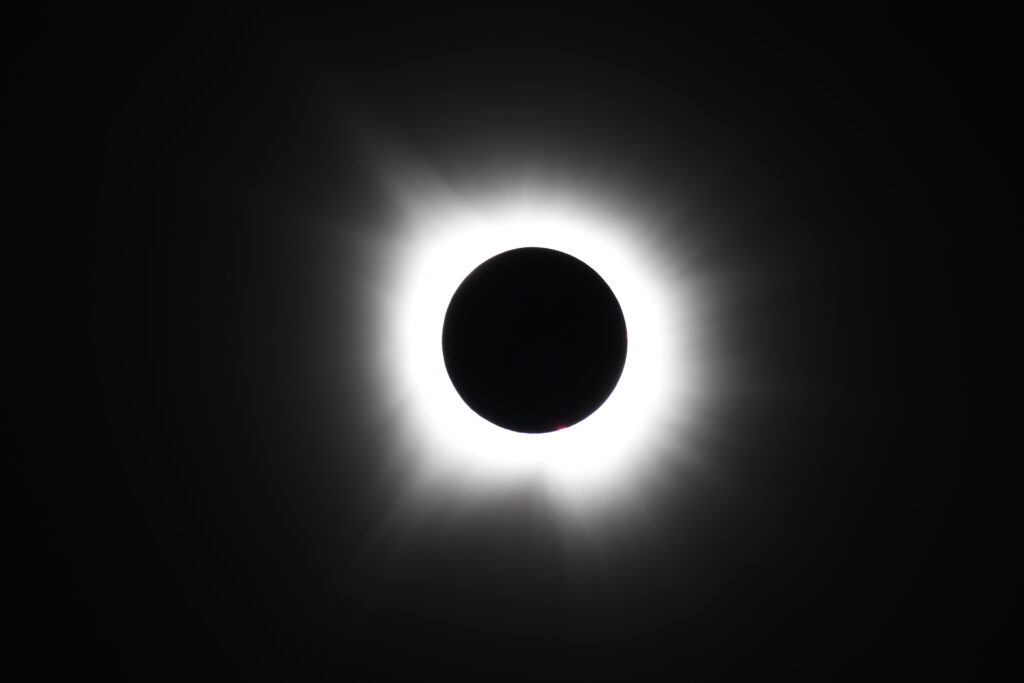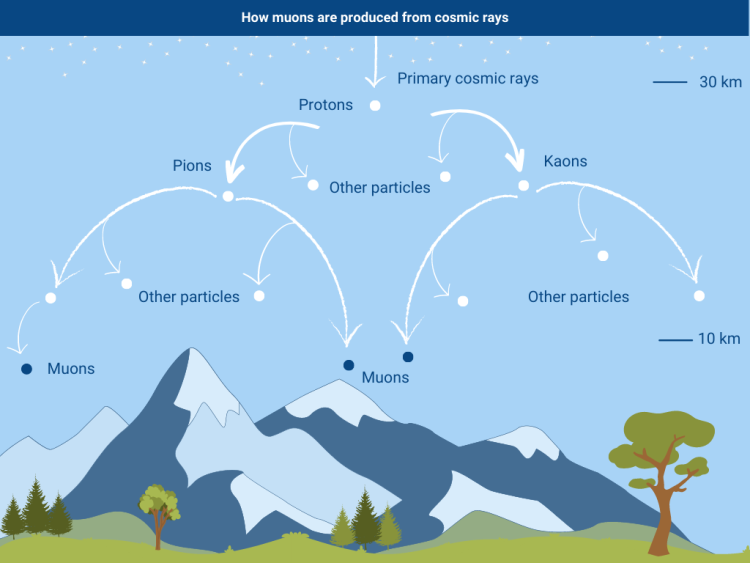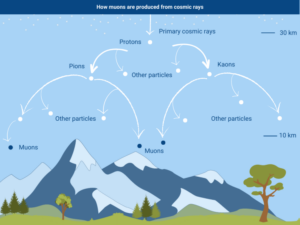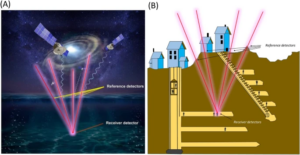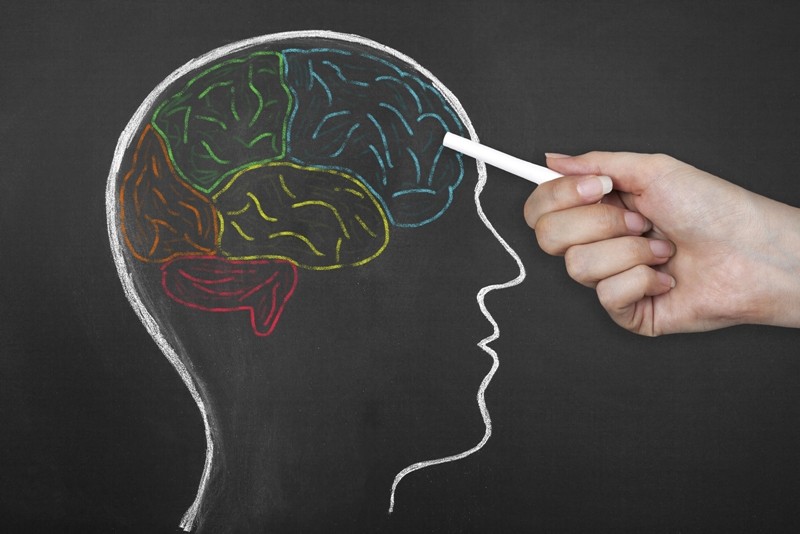As the star closest to the planet we call home, the Sun is heavily researched for its impact on the Earth and as a model for the dynamics of stars further out. One of the most prominent and vexing questions in modern helio science is the coronal heating problem. Our common sense and everyday experiences tells us that as we move further from an isolated source of heat, temperature drops. However, although the average effective temperature of the photosphere (visible surface of the sun) is 5800K, the outer atmosphere of the Sun, the corona, can reach up to 107K during eruptive solar flares (Sigalotti 2023). This perplexing temperature transition has initiated many investigations into mechanisms and different phenomena on the surface of the sun that could potentially solve the coronal heating problems. Not only will solving this problem help us understand the processes on our own Sun – and therefore better predict space weather which is crucial to power grids and satellite communication on Earth – but it will also give us more comprehension on stars beyond our solar system as we observe the same phenomenon on other stars.
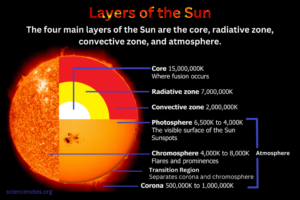
Figure (1): Layers of the sun with names and corresponding temperatures. Exact temperatures of each layer may differ slightly depending on sources as well as methods of measuring temporal diagnostics. However, there is a clear and drastic transition between a low temperature in the Chromosphere and Photosphere to a high temperature in the Corona. (Helmenstine, Anne, 2024)
A promising theory explaining this phenomenon involves a mechanism called magnetic reconnection. This process converts magnetic energy into thermal energy when oppositely charged magnetic field lines break and reconnect on the surface of the sun. This is also the process that causes solar flares in active regions (AGs) of the sun. Additionally, solar activity outside of active regions is dominated by coronal bright points (CBPs). These hot small-scale loops can be the sight of “small-scaled filament eruptions”, much like a solar flare, and “coronal jets” which can all be possible answers to the coronal heating problem (Nóbrega-Siverio, 2023). Because of their long lifespan (hours to days) and their ubiquitous numbers on the Sun’s atmosphere, creating more realistic models of coronal bright points can provide significant insight into the heating of the solar corona (Madjarska, 2019). Their numbers stay high even during solar minimum (part of the solar cycle when there are less solar flares). Last year, Dr. Daniel Nóbrega-Siverio and his collaborators created a 3D numerical model of CBPs that is consistent with direct observations made by the Solar Dynamics Observatory (SDO) and the Swedish 1-m Solar Telescope (SST) using the Bifrost code. The Bifrost code is a modeling code that solves partial differential equations describing 3D radiation dynamics of magnetic fields which can be used to model solar flare mechanisms on the surface of the Sun (Mikołaj Szydlarskiaa, Vegard Eideb). Dr. Nóbrega-Siverio describes these promising comparisons between real life observations using space telescopes and his model in his paper.
Starting with a 3D model of a nullpoint magnetic topology (the base of a CBP model that starts at a single spot where the net magnetic field strength is zero), an investigation into the heating per unit mass due to different mechanisms is conducted at three different heights above the sun’s visible surface. The simulation reveals that CBP loops are mainly heated by a continuous convection in the lower solar atmosphere. This is a major difference from previous 2D models of CBPs as these mechanisms can only be visualized in 3D. Additionally, results from this experiment are consistent with values from previous numerical experiments. In other words, Dr. Nóbrega-Siverio and his colleague’s work shows that CBPs have energy levels deemed necessary for the heating of the quiet Sun corona. Subsequently, this 3D model was able to provide a more complex understanding of coronal bright points than its 2D predecessor.
The experiment also brought in comparisons to direct observations of a CBP made by SDO and SST on July 1st, 2022. These comparisons maintained the accuracy of the model by showing that both the direct observations and model showed a pattern of long H fibrils. H, or hydrogen alpha lines, which is a way to trace ionized hydrogen and a primary method to observe the sun as well as other stars. Additionally, a possible indicator of chromospheric heating, an intense brightening occurred at the base of the fibrils in both the simulation and the direct observations. Both of these realistic features of the simulation are good indicators of the model’s accuracy to the evolution and heating of CBPs (Nóbrega-Siverio, 2023).

Figure (2): Fig (c) shows fibrils of an observed CBP from the SST in the H wavelength. The H wavelength shows the pattern of ionized hydrogen in a CBP. These patterns are present in both the direct observation as well as the 3D model, giving confidence that the new model is doing what we expect to see in real life. (Nóbrega-Siverio, 2023)
Accurate models of solar phenomena are the foundations of understanding our Sun. Regarding puzzling questions such as the coronal heating problem, accurate models of the evolution and mechanisms of solar flares, coronal holes, and, of course, CBPs much like the one devised by Dr. Daniel Nóbrega-Siverio is crucial. With the knowledge that these more and more complete models give us, we are steps closer to understanding the causes of solar coronal heating. Solving this problem will aid us in our prediction of space weather that has an impact on power grids, satellite performance, GPS, and on ground communication to name a few and in the long run, help negate and prepare for negative effects of solar storms aimed at the Earth.
References:
Nóbrega-Siverio et al 2023 ApJL 958 L38. https://doi.org/10.3847/2041-8213/ad0df0
Helmenstein, Anne. “Layers of the Sun – Diagrams and Facts.” Science Notes. 14 February, 2024, https://sciencenotes.org/layers-of-the-sun-diagram-and-facts/#google_vignette. Date Accessed April 13, 2024.
Leonardo Di G. Sigalotti, Fidel Cruz; Unveiling the mystery of solar-coronal heating. Physics Today 1 April 2023; 76 (4): 34–40. https://doi.org/10.1063/PT.3.5217
Madjarska, M.S. Coronal bright points. Living Rev Sol Phys 16, 2 (2019). https://doi.org/10.1007/s41116-019-0018-8
Mikołaj Szydlarskiaa, Vegard Eideb. “Stellar Atmosphere Simulation code Bifrost on Intel Xeon Phi Knights Landing.” Prace. https://prace-ri.eu/wp-content/uploads/WP233.pdf. Date Accessed April 13, 2024.
Cover image taken by Nathan Bukowski-Thall, Bowdoin Class of 2026 during the April 2024 total solar eclipse
